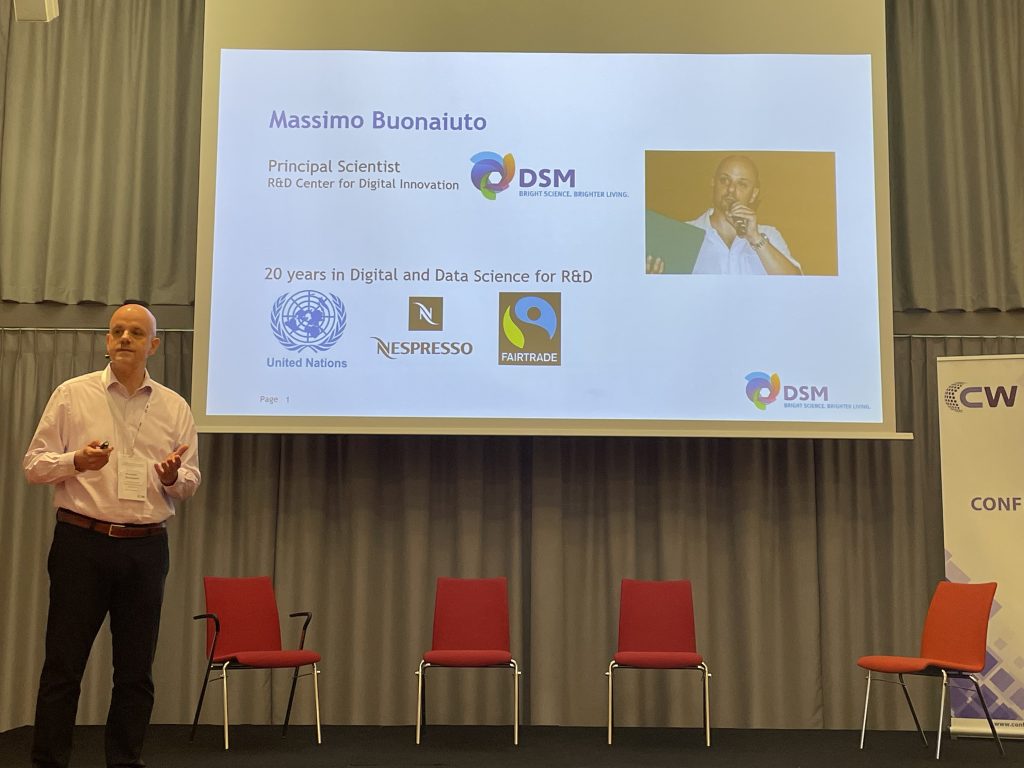The turbulent waters of stakeholder management to secure funding for a high-risk AI-driven research project: the invaluable lessons about the power of understanding, storytelling, and emotional endurance

From the moment I heard about a AI research project in my Company, I knew it had the potential to revolutionize how some critical function was performed in our R&D labs.
However, convincing our stakeholders to invest a lot of money in it wasn’t going to be a walk in the park. The project was risky, the technology was complex, and the stakes were high. At the onset, I was battling my own doubts and fears. Despite the whirlpool of emotions, I knew I had to lead with confidence and conviction. I had to be the project’s biggest believer before I could convince others to believe in it.
The first step was to thoroughly understand the project.
I collaborated closely with our technical team, learning about AI, its potential benefits, and the risks involved. I needed to understand not just the “what” but also the “why” and “how” of the project. This helped me create a compelling narrative that was factual and inspiring.
Next came the biggest challenge – presenting the project to our stakeholders.
I knew that data and facts alone would not win them over. I had to connect on a deeper level, appealing to their vision and values. I emphasized the transformative potential of the project, how it could revolutionize our drug discovery process, and ultimately, improve patient outcomes.
During the presentation, I made sure to address their concerns head-on. I didn’t shy away from discussing the risks involved. Instead, I presented a detailed risk mitigation strategy. This transparency built trust and showed them that we had thought through all possible scenarios.
The road to approval was full of setbacks.
There were disagreements, doubts, and at times, outright rejection. Each time, I would take a step back, reassess, and return with renewed vigor. I listened to the feedback, adapted my approach, and refined our proposal. Through it all, the emotional toll was immense.
There were nights I lay awake, wondering if I was pushing too hard, if I was leading my team down a path of failure. But each morning, I would remind myself of the potential impact of our project, of the lives we could improve, and find the strength to keep going.
Finally, the day came when the stakeholders gave their approval. The feeling was indescribable – a mix of relief, joy, and a bit of fear. But above all, it was the satisfaction of knowing that our hard work had paid off.
This experience taught me the power of perseverance, the importance of transparency, and the impact of a well-told story. It was a journey of self-discovery, of pushing my limits, and learning to lead with humility and passion.

From this experience, I’d like to share a few best practices for other managers facing similar situations:
Understand Your Project Thoroughly: You should be the most knowledgeable person about your project. Understand the technical aspects, the risks, the benefits, and be able to explain them simply and convincingly.
Develop a Compelling Narrative: Facts and data are important, but they need to be part of a larger story. Connect your project to the vision and values of your stakeholders.
Address Risks Openly: Don’t shy away from discussing risks. Instead, present a thorough risk mitigation strategy. This builds trust and shows that you’re prepared for all eventualities.
Be Adaptable: Be ready to adapt your approach based on feedback. Not every setback is a failure, but an opportunity to refine and improve your proposal.
Lead with Humility and Passion: Believe in your project and show your passion, but also be humble. Listen to others, be open to feedback, and be prepared to learn and grow.
Take Care of Your Emotional Health: High-stakes projects can be emotionally draining. Ensure to take care of your mental health, seek support when needed, and remember to celebrate small victories along the way.

